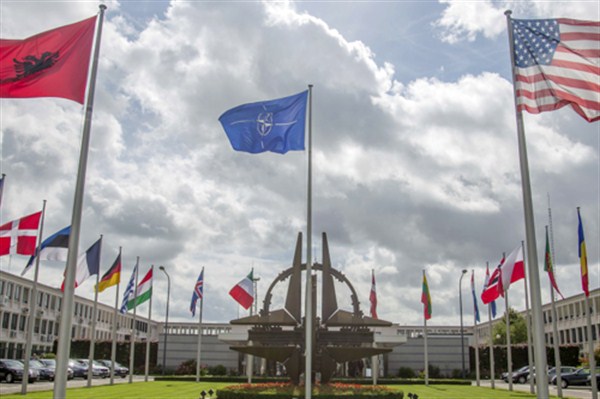Despite the recent prominence given to the issue of NATO’s membership enlargement, the alliance seems destined for at least the next few years to focus on broadening and deepening its partnerships with nonmember countries and other international institutions. NATO has developed an extensive partnership program since the Cold War and now has some two dozen official national partners, while developing ties with more countries as well as international institutions. Partners contribute capabilities, money and legitimacy to NATO activities. They have provided thousands of ground troops to NATO operations in Afghanistan and the Balkans, air capabilities in Libya and support to other NATO projects. But managing such a diverse portfolio of partners presents challenges.
The Cold War’s end prompted NATO to seek to develop relations with its former Soviet bloc adversaries; calling them “partners” had a nice ring and lacked any concrete commitments. But it was the 2001 terrorist attacks on the United States that propelled the alliance to its new partnership policy, forcing NATO members to recognize that threats to their security could come from all corners of the globe and that they needed to transform the alliance from a geographic to a functional entity. From then on, NATO’s partnerships were not only seen as a tool for overcoming old Cold War antagonisms, but also as a means to project stability outside Europe. NATO has since collaborated with dozens of nonmember militaries in Afghanistan, the former Yugoslavia, North Africa and the Middle East.
NATO’s 2010 Strategic Concept identified the promotion of “cooperative security” through partnerships with nonmember governments, other international organizations and nongovernmental organizations as one of the alliance’s core goals. NATO leaders have since tried to make additional tools and resources available to partners, including providing more training and support for security sector reforms; holding more frequent and targeted consultations with "flexible" formats that enable any allies and partners to meet on any issue in any configuration; and expanding concrete cooperation between NATO and its most militarily capable partners.

